What Fabrics Shouldn’t You Wash?
-
 By
Sophia Grant
By
Sophia Grant
Let’s face it—laundry isn’t exactly the most exciting task. For one thing, it can take quite a bit of time to sort, wash, and fold everything, especially if you’re doing it for more than one person! Regardless, it’s just one of those chores that you have to fit into your schedule. After all, who wants to wear dirty clothes? It’s definitely not something that you want to do as far as proper hygiene goes. Remember, germs can easily grow on the fabric. Put something like that on your skin and you’d increase your chance of infections and skin-related diseases. Trust me, it’s not fun. Not to mention that it’d develop a pungent odor!
Fortunately, the chore isn’t as tedious as it used to be. Nowadays, we have appliances that can help. Instead of doing everything by hand, we can just put our clothes into a machine and press the start button. If anything, washers and dryers have greatly improved our quality of life. Without them, we’d still have to do everything manually. Don’t get me wrong, hand washing is still necessary for some items—it’s just that it’s nice to be able to rely on a machine sometimes.
How to Avoid Damaging Fabrics in the Washer
Doing the laundry can be somewhat of a science; there are certain things that you want to do and certain things that you want to avoid (this is especially true if you’re using the washing machine). After all, they’re not exactly the gentlest—your clothes will be faced with a considerable amount of agitation. Given that, you don’t want to wash your garments blindly. Take the time to read the care tag labels; find out how each of the items should be washed. Chances are, they will have their own set of instructions. The last thing that you’d want is to shrink or damage a new shirt!
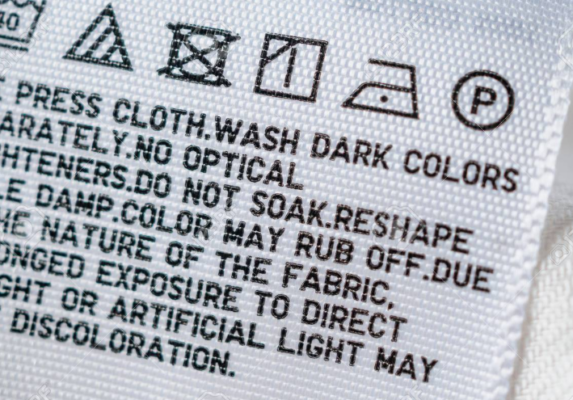
The same goes for hand washing. Sure, it might be gentler on your clothes, but there’s still a risk that you’ll damage the fabric. For instance, you wouldn’t want to wash a cotton tee with hot water—that’ll likely cause it to shrink. It’s also a bad idea to rub or scrub as the friction can wear out the item prematurely.
Washing Different Types of Fabrics
This goes without saying but clothes are made from a variety of fabrics; some are manmade whereas others are derived from natural sources. Given that, it’s not surprising to know that they have different washing instructions. In other words, you should never put everything into one load—it’s important to separate them based on material (and color). Why? That’ll allow you to wash them properly with the right settings. If anything, that’s one of the easiest things that you can do to extend the life of your clothes!
As it turns out, however, not all fabrics are compatible with water and detergent. Put them in the washer and they might come out unwearable! For clothes like that, you’ll want to bring them to the dry cleaners—they’ll be able to clean it without damaging the material. How can you tell whether or not an item should be dry cleaned? Take a look at the care tag label—that’s where you’ll be able to find the wash instructions. Avoid laundering the item at home if it says “dry clean only.”
Which Fabrics Should Not Be Washed in the Washing Machine?
Curious to know what fabrics shouldn’t be washed? Well then, you’ve stumbled on the right page. You see, that’s exactly what we’re here to talk about! Hopefully, you’ll have a better idea as to what can and cannot be washed by the time you’re done reading this post!
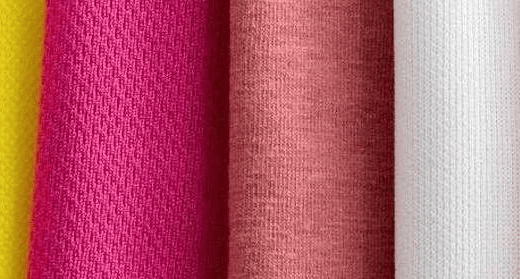
Viscose
Viscose is a type of semi-synthetic fiber that’s made from wood pulp. Texture-wise, it resembles cotton—it is breathable, absorbent, and strong. Inexpensive, it also does not trap body heat, which makes it an excellent choice for a range of clothing. It does have a few downsides, though. For one thing, it tends to wrinkle easily; the fibers also weaken when they’re wet. That’s not the reason why it shouldn’t be washed, however. You see, viscose is known for shrinking in the wash—often to extreme proportions. For instance, a shirt might come out of the washer half its size!
Polyamide
Polyamide is also known as nylon. A type of synthetic fabric, it is made up of long chains of polymers, which are linked by amide bonds. Highly durable, the material is used for an array of items from leggings to swimsuits. Keep in mind, however, that it’s often blended with other fibers such as rayon and viscose. As for why you shouldn’t put it in the washer—It has a tendency of expanding when being laundered. In other words, don’t be too surprised if your pair of pants come out twice as big!
Leather
Leather is made from the hide or skin of an animal—it can be coated, embossed, and dyed to give it a wide range of characteristics. Not only does it look classy, but it is hard-wearing and tough. In addition to clothing, it’s often used for accessories such as belts and handbags. While durable and flexible, however, it’s not exactly something that you want to throw into the washing machine. For one thing, the agitation can cause the leather to crack; the water and detergent can also ruin the finishing.
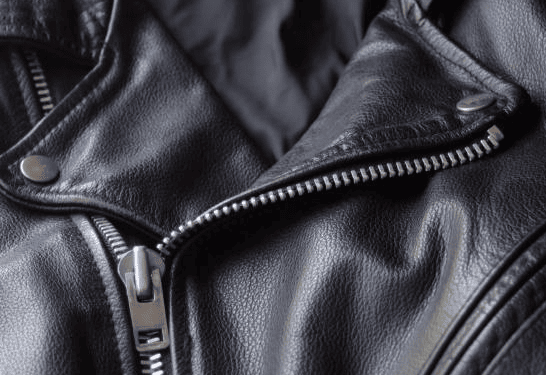
What should you do instead? Wipe it down with a cloth. Just the cloth itself won’t do you any good, though. What you want to do instead is to dip it in a soapy solution. To do this, mix a small amount of detergent with water in a bowl (you might want to use a soap that’s specially formulated for leather). From there, dip the cloth into the mixture—you can use any type as long as it is lint-free. Avoid using any type of abrasive material as that can scratch the lather.
Once it’s damp (you don’t want it to be too wet otherwise it can damage the leather), use the cloth to wipe the item. Follow the grain and rub using a light, circular motion. When you’re finished, remove the film of soap with a clean cloth—make sure that there’s no residue on the leather, otherwise, it can cause it to dry out. The final step is to let the item air dry. Do not expose it to sunlight as the heat can cause the leather to crack.
Pro-tip: Consider treating the item with a leather conditioner—that will help to restore the texture and finish.
There is an exception, though—leather trims. While you shouldn’t put leather items into the washing machine, trims can be washed (most of them, anyway). As a matter of fact, many people wash leather trim items that are labelled “dry clean only” with success.
Fur
Fur items (with skin) should not be washed. Why? The skin on the underside can dry out or shrink when exposed to water. What you should do instead, is wipe it with a lightly dampened cloth. Avoid scrubbing or rubbing as that can damage the delicate skin. Do not use soap; all you need is a very tiny amount of water will do (you want to keep the fur portion as dry as possible). Let it air dry afterwards.
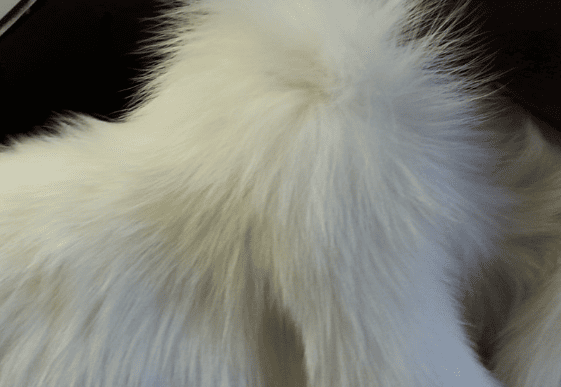
Pro-tip: You can dislodge dust particles by giving the item a good shake. There’s also the option of using a fur brush, which can help remove larger debris.
Structured Items
Avoid washing items that have structured material inside. For instance, blazers with pads or neckties fall into this category. As you can imagine, the interfacing and padding can become dislodged in the washing process. Consider spot cleaning instead with a rag or cloth, depending on the fabric on the item. When in doubt, check the manufacturer’s care tag label for the exact instructions.
Can You Wash “Dry Clean Only” Items?
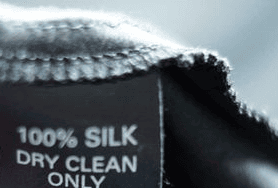
Believe it or not but some “dry clean” items can be washed at home. Take silk or wool, for instance—these fabrics can safely be put in the washing machine (most of the time). Of course, you can always bring it to a professional dry cleaner if you prefer.
Clothes that say “dry clean only”, however, should be dry cleaned only. With that said, there’s always a chance that the item is mislabeled. Think it might be washable? If so, it might be a good idea to do a bit of research on the fabric (i.e. you want to look up whether or not the fabric can be washed).
What Does Dry Cleaning Entail?
What is dry cleaning? It’s a process where you clean clothes without using any water (that’s what it’s called “dry” cleaning). Instead, the garments are cleaned using non-water based solvents. Generally speaking, there are five steps—inspection (checking the garment for any obvious stains), pre-spotting (pre-treating stains on the garment), dry cleaning (garment is cleaned with a non-water solvent), post spotting (inspecting the clothes for remaining stains). In some cases, there might also be some finishing touches involved.
As mentioned earlier, dry cleaning is ideal for fabrics that are not compatible with water. If you have an item that you’d like to get dry cleaned, it might be a good idea to bring it to your local cleaner’s.
15% Off Amazon Coupon
×Click To Reveal The 15% Off Coupon Code For Your Entire ACTIVE Purchase At Amazon.com
Note: This promotional offer is only guaranteed through the end of the day.




